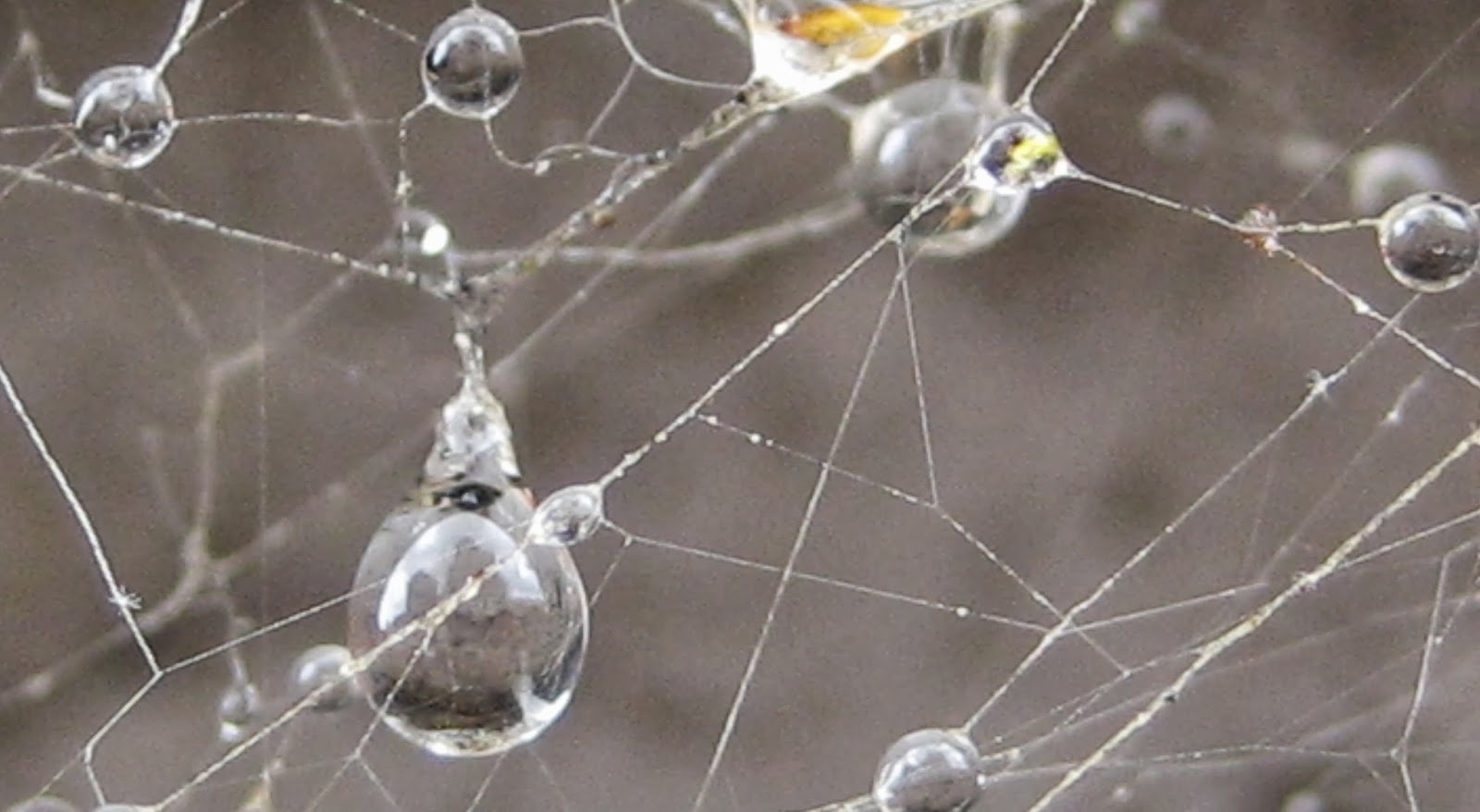Thinking about Simple, Web-Based Storytelling
I've always been intrigued by the Transmedia concept, or the idea of storytelling over multiple media platforms. The problem, as I see it, with Transmedia is the technical hurdle involved (lots to know about various tech or cost in employing those who do) as well as the fracturing of your audience as they must jump through many hoops to get all of the story. The more hoops, the more will lose interest, even if you are a massive TV or film studio with large resources. And I am not.
What's more intriguing to me is the idea of putting multiple forms of media in one space to tell one story. That way, you can take advantage of the various story forms (text, video, audio, stills, graphics) and congregate them in one space that everyone can access--a website.
A very cool trend lately (and a form of what I'm talking about is the "scrolling story" that plays out as you scroll down the page. A fantastic example (though more elitist to the Frugal creator) is this Peugeot car ad. It uses a beautiful, graphic novel, partially animated look to tell a short spy story and hock it's wares. No real interactivity here (all you do is scroll), and it's really short, but it has some great eye/ear candy.
A closer idea to what I am thinking was given to me by Twitter user Gavin McKenzie (@gavinmkenzie), who turned me on to this New York Times web page "Snow Fall: The Avalanche at Tunnel Creek". It reads well and has supplemental video (interview clips), audio (from a 911 call), stills (embedded slideshows) and graphics (animated maps and diagrams of the mountain). It's really well done. Come to think of it, it uses a lot of the same elements used in a news broadcast. I'd like to use these same elements in a fiction setting.
If I were to change anything that "Snow Fall" provides, it would be to leave out critical information in the text that the other forms of media would provide. For example, do not describe a character you encounter in the text, let the video do that. If you see a letter on a table, use a still to reveal it's contents. This will drive the participant to look at everything (as in a video game or the old Infocom test adventures), so that no stone (and thus critical information) is left unturned.
But what about "simple"? Even if you undergo the task of creating these storytelling devices, how many of us can construct a webpage that will effectively house all of them? What if you don't even know HTML? You are looking at the answer. Free blog pages like this one on Blogger or Wordpress use templates that can easily mimic a website.
The editors in these free services easily allow them embedding of video, audio, stills and graphics with little or no programming knowledge. Simply choose a simple one-column template and run with it. You may need some HTML knowledge if you want to tweak the look of things beyond what you are given (and they allow you to get inside the HTML to do this), but either way all these forms can be used once created.
Think about a story that reads like a book, but includes a video clip when a character speaks. Or plays ambient sound based on location. Or includes close ups of objects (video or stills) when encountered. While not truly interactive (though you could make it more that way if you want to invest the time), it would be more an experience of discovery, like Transmedia. The main difference is that you don't have to run all over the web for the experience, potentially losing interest in the process.




Comments